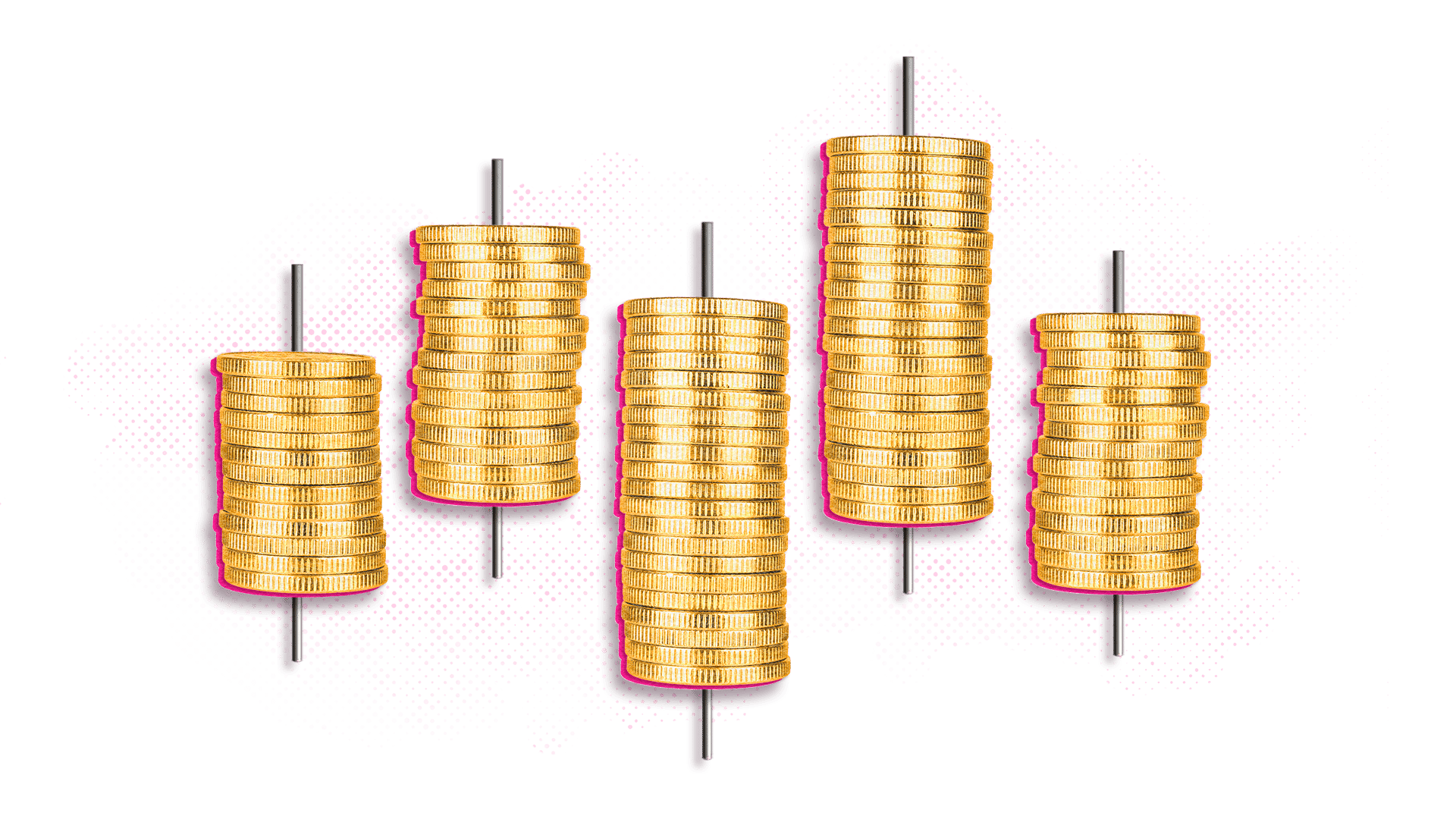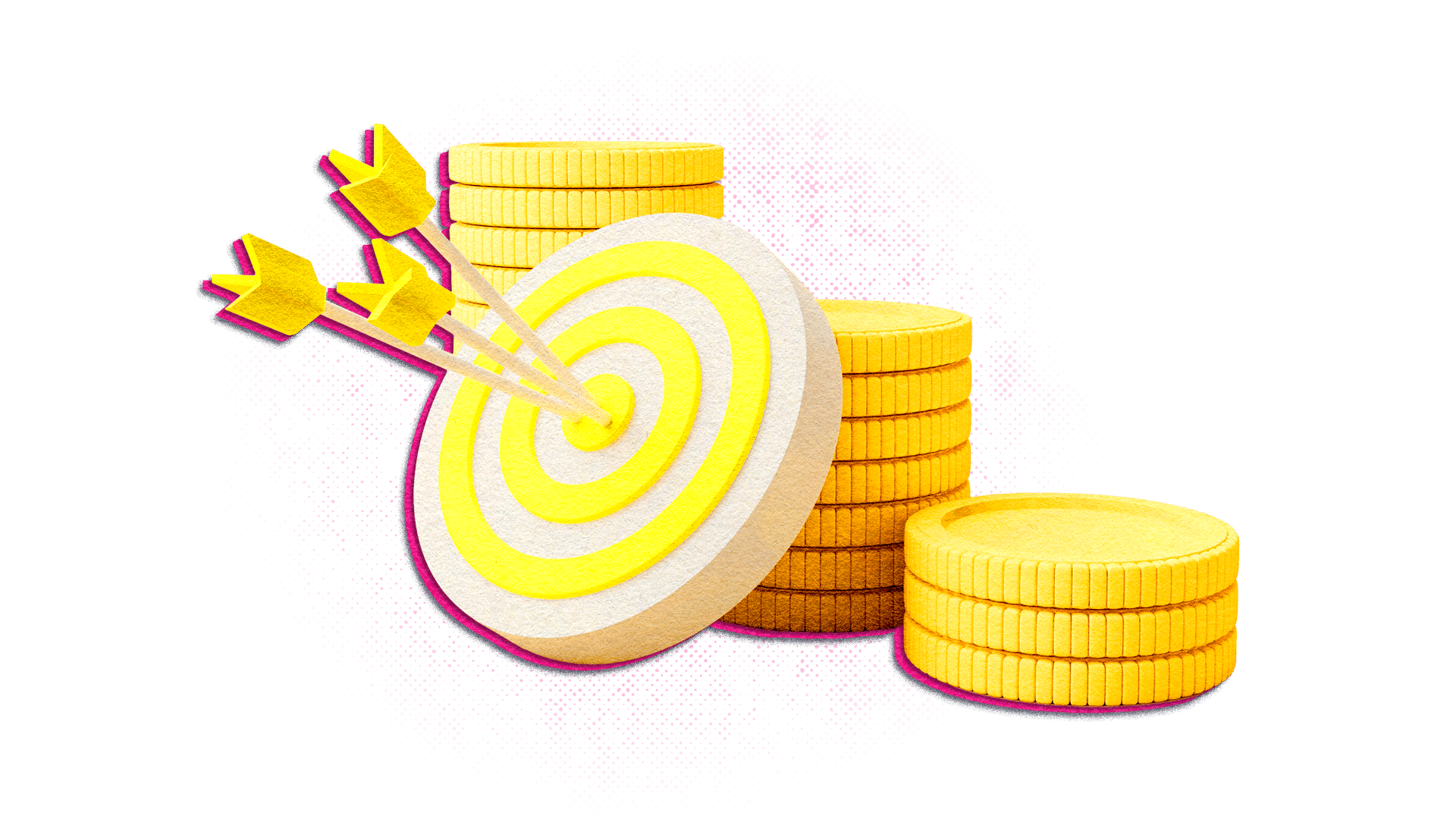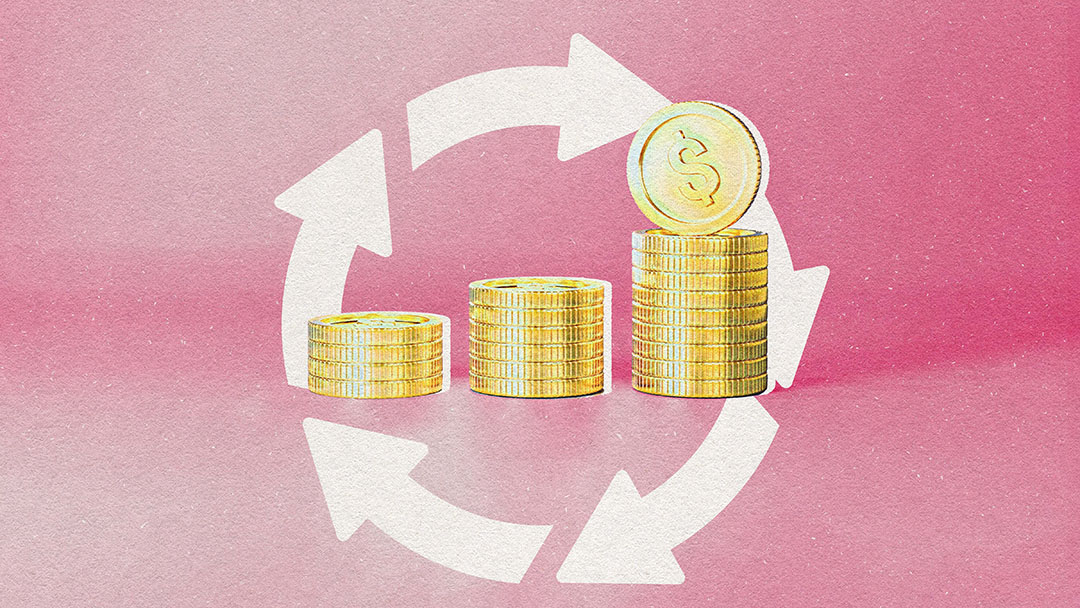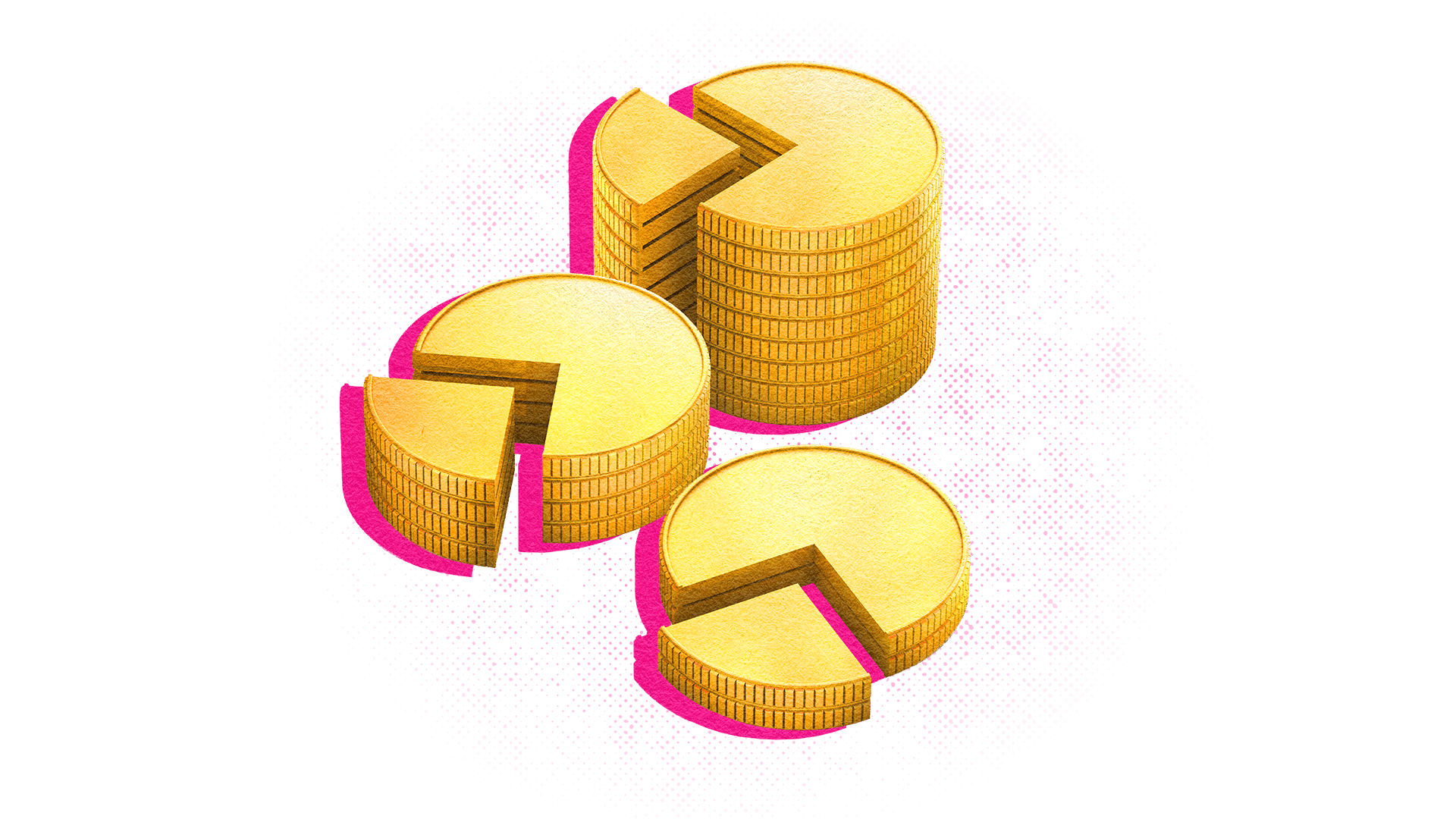If you’ve spent any time in a kitchen, you know that basic ingredients like chicken broth and salad dressing are easy enough to make, but if given the option, most of us would forgo the extra work and use the store-bought version instead. In a sense, Exchange-Traded Funds (ETFs) are the store-bought ingredients investors can use to cook up a portfolio. Sure, you could do all the work yourself by buying individual stocks and bonds, but the payoff may not always equal the effort.
ETFs give investors a quick way to access major market indexes like the S&P/TSX Composite Index, as well as specific sectors like the S&P/TSX Financials Index or even common investment themes like growth or value. That’s because ETF units can be purchased and sold like individual stocks, but each unit contains a pro rata share of each company within the underlying index or sector. This means that ETFs can be an efficient way to provide diversification within a portfolio.
With ETFs, you can construct an entire investment portfolio that is customized to your investment goals and risk tolerance. Alternatively, ETFs can form the foundation of your portfolio, with other funds or individual stocks being added to enhance performance. (Like adding some extra spices to a store-bought pasta sauce.)
What are ETFs in investing?
ETFs are effectively a basket of publicly-traded securities, such as stocks, commodities and bonds. In that sense, ETFs are similar to mutual funds. The main difference is that ETFs are traded on a stock exchange and can be bought and sold like stocks. Because of that, an ETF’s price fluctuations are similar to a common stock, while mutual funds are priced once a day, after markets close.
ETFs offer a convenient, low-cost way for investors to diversify their portfolios across sectors, asset classes and geographies. The first ETFs, created more than 30 years ago, were passive investments that tracked an index. For example, the world’s first ETF, the Toronto 35 Index Participation Fund, was created in 1990 to track the TSX 35 Index. While many ETFs remain passive today, tracking indexes like the S&P 500 or S&P/TSX Composite Index, others are actively managed, with the fund holdings selected by an investment manager based on certain criteria.
How do ETFs make money for investors?
ETFs make money in many of the same ways individual stocks or bonds do. When you buy a stock, you earn a return if the company pays a dividend or the stock rises in value. The main difference with an ETF is that rather than profiting from one stock, you’re benefiting from the combined dividends, interest payments and capital appreciation from each of the underlying holdings held by the fund.
How are ETFs taxed?
Investors who hold these securities outside of a registered investment account will pay tax on any income, dividend distributions and capital gains generated by the stocks or bonds held inside the ETF. You’ll also have to pay capital gains tax generated on the sale of your ETF units if the ETF has risen in value. Still, index-tracking ETFs are often more tax-efficient than actively managed ETFs or mutual funds because there is less portfolio turnover — the rate of buying and selling that occurs within the fund — which means fewer capital gains distributions to unitholders. Learn more.
How ETFs track an index
There are several types of ETFs, but some of the largest ones are designed to track an index, such as the S&P/TSX Composite or the S&P 500. In simple terms, the providers that run these funds buy and sell securities so that the composition of the fund matches the chosen index’s makeup and performance. Other types of ETFs are managed by portfolio managers who actively select specific securities. In either scenario, while ETF investors don’t directly own the underlying assets, the dividend payments and reinvestments from the ETF holdings are typically passed through to investors.
Types of ETFs
More than 1,000 ETFs currently trade on the TSX and thousands more trade globally.1 As an investor, selecting the right fund requires some research, including delving into the investment strategies behind different ETFs. For example, is the ETF active or passive? What are the associated costs and risks? Diversification, by owning funds in different asset classes, such as stock and bond ETFs or commodity and currency products for an even broader mix is one investment strategy investors may consider.
Passive and Active ETFs
Index-tracking ETFs (sometimes called passive ETFs) are designed to track a specific index, such as the S&P 500 or S&P/TSX Composite Index, while actively managed ETFs typically aim to beat the indexes through the selection of specific securities.
ETFs have been around since 1990, first in Canada with the Toronto 35 Index Participation Fund and three years later in the U.S. with the SPDR S&P 500 ETF (SPY), a basket of securities that tracks the performance of the S&P 500 Index. Actively managed ETFs, on the other hand, are somewhat newer, having arrived on the market in 2008. With an actively managed ETF, the fund management team picks individual investments based on certain criteria. While the majority of ETFs are index-tracking or passive, the number of actively managed ETFs has increased over the years. Active ETFs tend to have higher fees than passive ones because of the more hands-on approach.
Stock ETF
Stock ETFs are the most common type of ETFs. They can provide a basket of stocks within a particular sector (such as banking or technology), or geographic region (such as Latin America). Sector or region specific ETFs allow retail investors to purchase a variety of companies on a pro rata basis within one unit. This can be an efficient way to diversify an investment portfolio.
Bond ETF
A bond ETF holds a collection of fixed-income products, including corporate and government bonds over various holding periods, from the short- to long-term.
Commodity ETF
A commodity ETF provides investors with exposure to the price movement of resources such as oil and gas, precious and base metals or agricultural products like wheat or potash.
Currency ETF
A currency ETF provides investors with exposure to a single currency or a basket of foreign currencies. They can be used to invest in foreign exchange markets or hedge against currency risks.
Leveraged ETF
A leveraged ETF seeks to boost the returns of an underlying investment. For example, a 2X (two-times) leveraged ETF aims to deliver double the daily performance of the index or benchmark that it tracks. These funds use derivatives, such as options or futures contracts, to leverage their returns. There are also leveraged inverse ETFs, which seek an inverse multiplied return. Leveraged ETFs are geared toward daily price movements. With greater volatility comes greater risk. For that reason, it is important for investors to understand their own risk threshold, and based on that information, consider the suitability of this type of investment for their portfolio.
ETFs: Pros and Cons
ETFs may offer investors many advantages, but they have some limitations as well.
| ETF | Individual stock | Mutual fund | Index fund | |
| Diversification | ✓ | ✘ | ✓ | ✓ |
| Exchange traded | ✓ | ✓ | ✘ | ✘ |
| Costs | Trading fees and MER (Management Expense Ratio) | Trading fees | MER | Typically MER only, but can have trading fees |
| Minimum investment | The cost of one unit | The cost of a single share | While it varies, many funds have minimum initial investments of between $500 and $1,000, although subsequent investments may be smaller | Varies with fund and provider |
| Automatic rebalancing | ✓ Within the fund | ✘ | ✓ Within the fund | ✓ Within the fund |
| Eligible to be held in a registered account (e.g., RRSP) | ✓ | ✓ | ✓ | ✓ |
For more, please see https://www.moneytalkgo.com/etfs-vs-mutual-funds-whats-the-difference/.
![]()
FAQ: Exchange-Traded Funds (ETF)
Are ETFs safe?
Index-tracking or passive ETFs that track broad-based indexes such as the S&P/TSX Composite or the S&P 500 are often considered lower risk than holding an individual stock because they hold a basket of stocks or other securities, increasing diversification. However, they are still subject to general market risks.
Do ETFs pay dividends?
Dividend ETFs that hold dividend-generating stocks typically pay out the dividends earned to unitholders, while some dividend ETFs may reinvest the dividends. As with individual stocks that do not generate dividends, ETFs that hold non-dividend stocks will not pay out to unitholders.
Are ETF dividends taxable?
Capital gains and dividend income from ETFs held in non-registered accounts are taxable. Investors will receive a T3 tax slip if there is a taxable distribution from a Canadian ETF in a particular tax year and a T5 if there is a distribution from a foreign ETF. Gains from ETFs held in a registered plan, such as an RRSP, aren’t taxed until they’re withdrawn from the registered plan.
How to tell if an ETF is active or passive?
Passive ETFs typically track an index, such as the S&P 500 Index or the S&P/TSX Composite Index, while active ETFs have an investment manager actively managing a portfolio of securities. The best way to find out about an ETF is to read its prospectus. This document provides all the material information about an offering of securities. Most ETF providers will list this document, as well as other facts about the product, on their websites.
What is a covered call ETF?
A covered call ETF uses a strategy called “covered call writing,” which is when an investor — in the case of an ETF, it’s the fund manager — sells call options on a security they own in exchange for a premium. A call option gives the buyer the right to purchase the shares at a specified price before a specified date.
What is an AI ETF?
An AI ETF is a fund that provides exposure to companies involved in the development and production of robots or artificial intelligence (AI).
What is the difference between a hedged vs. an unhedged ETF?
A hedged ETF looks to mitigate foreign exchange risk, while an unhedged ETF leaves investors exposed to currency fluctuations. An example is an ETF sold in Canada that holds U.S. stocks, which may provide a hedge against any movement of the U.S. dollar versus the Canadian dollar.
- TSX ETF Investor Centre https://money.tmx.com/en/etf-centre ↩








